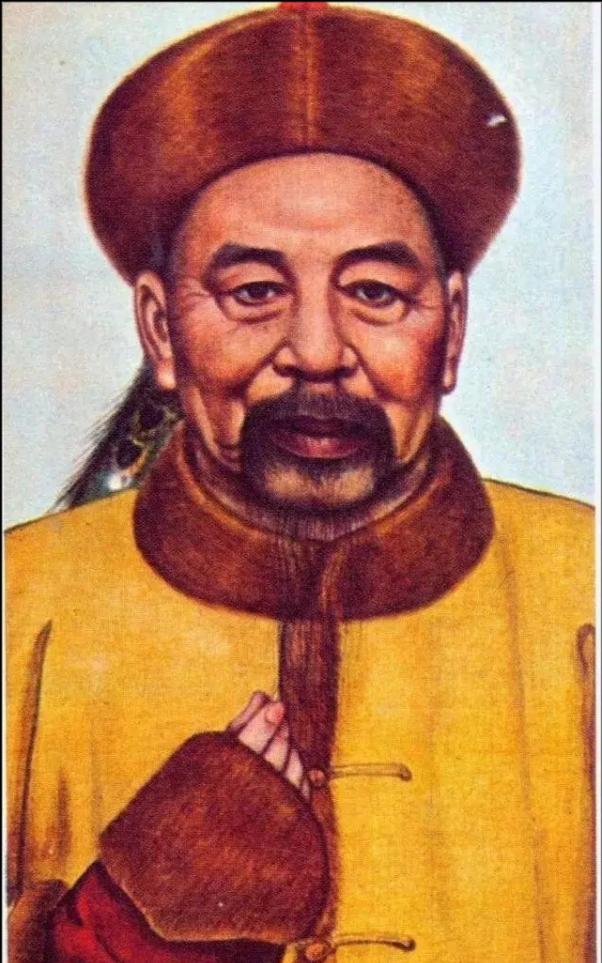What is history: it is the echo of the past to the future, the reflection of the future on the past. - Hugo
In January 1878, Zuo Zongtang reported to the imperial court that he had recovered Xinjiang. However, the southern border region of Xinjiang remains quiet. Although Agupa was dead, after his eldest son Berkhuri fled back to Central Asia, he was not willing to fail, gathered his remnants, and constantly provoked and waited for the opportunity to invade the border. Zuo Zongtang ordered Liu Jintang to fight a border counterattack in southern Xinjiang.
Tso

On September 6, Berkhuly organized more than 3,000 invaders to cross the border and lay siege to the city of Selekkur. The city of Thelekul is the county seat of today's Tashkurgan Tajik Autonomous County. The city is small and strong, easy to defend and difficult to attack. The defender Burke was not in a hurry, organized the entire city to resist with armed forces, and sent people to Kashgar, 600 miles away, to ask for help from the officers and soldiers.
The soldiers and civilians who defended the city fought with wits and courage against the invaders and bought time for officers and men to rush to the aid and annihilate the enemy. The thief chief Abdul Hama sent people to the city to persuade him to surrender, asking the soldiers and civilians to sacrifice the city. The defender of burke, with a plan in place, decided to plan to capture and kill the thief chief Abdul Al-Hamma in order to thwart the other side's vigor. So, cheat!
Old photos of kashgar citizens during the Guangxu period
On 12 September, abdul Hamma, the thief chief, came to the city to negotiate with the defender Burke. When Burke left the city, he took his jade son to take Shi (sentinel) Suleiman and several dead soldiers. The two sides met, and without saying a word, Suleiman grabbed the reins of the thief chief Abdul Hamma with both hands. The thief chieftain knew the plan and slashed suleiman's ten fingers with a sword. Suleiman wrapped his arms around the horse's legs again, so that the thief chief could not turn the horse's head. Several of the dead men then fired and killed Abdul Hamma and 7 of his party.
The thieves were angry and attacked, but they did not succeed.
Liu Jintang received military information, believing that the situation was extremely serious, and led the admiral Dong Fuxiang to lead his troops to help. When Liu Jintang arrived, the thieves had already heard the wind and fled. Liu Jintang was in charge of logistics supplies, and ordered Dong Fuxiang to lead the Dongzi battalion, the Jingyuan battalion horse team, and the Western Expedition horse team to carry out the task of pursuing and annihilating.
The Kashgar garrison during the Guangxu period
Dong Fuxiang led the troops to set off on September 20 and chased after them for a day without a shadow. On the 21st, several left behind thieves were captured, and interrogation determined the direction of the enemy's escape. The officers and men of Dong Fuxiang's department galloped 800 miles around the clock for four days and nights, and the people did not close their eyes, and the horses did not unload their saddles. They walked on a road that was inaccessible, stepping on the stone wall ice ladder and climbing over the iceberg Dasaka. "Looking down at the deep valley, the valley is dark, and the bottom is not seen... Countless people have lost their lives and been injured. At noon on the 25th, Dong Fuxiang's pursuing army blocked the invaders' way.
Dong Fuxiang
Dong Fuxiang's troops and the Three Thousand Thieves Chieftain finally met in a narrow road. In a valley with steep ridges and babbling water, the two sides began a fight. At the end of the war, the dead bodies were lying on the pillow, and Dong Fuxiang cut off people's ears to count the number of annihilated enemies. This time the pursuit and annihilation war is different from the past, and officers and men should not take prisoners, but even if they surrender, they must also be killed.
Of the more than 3,000 thief chiefs who invaded the city of Celecour, only more than 100 eventually escaped. This war was also the battle in which Dong Fuxiang had killed the most enemies since he left the customs. In this battle, a total of 3,000 enemy troops were annihilated, including Agubai's former close confidant, Datong Ha (Grand Master) Maimai Saiti.
Border
This pursuit and annihilation almost wiped out the remnants of Agubai. Zuo Zongtang said in the recital: "Since exiting the customs, it has been difficult to work hard, and it is the most important thing to do. The giants have been leveled, and the borders are feasting. Facts have proved that this border counterattack of Zuo Zongtang's western expeditionary army was fought in exchange for 30 years of stability.